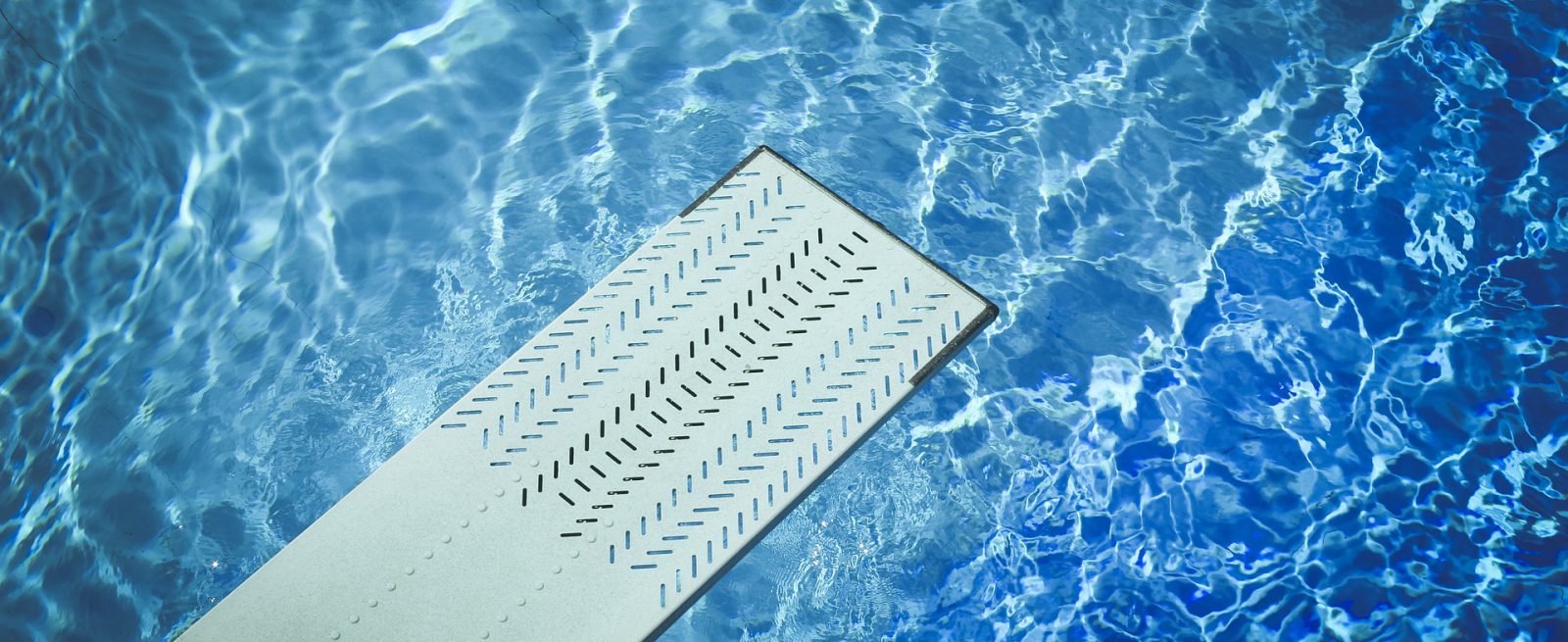Avoiding the Deep End of the Tip Pool: Using Transactional Data to Track Tips
3 Min Read By David Pettit
Tracking tips can be a major stressor to restaurant operators. Luckily, this IRS-induced pressure can be a telltale sign of a business that’s moving in the right direction … especially when you are seeing a correlation between “big” tips and net new customers. But even the best and most honest employees may not be adept at tracking tips, so it’s more critical than ever to have an honest view of gratuity in your restaurant operation.
And these days, tipping within an individual location or across an entire chain is becoming a more heavily scrutinized practice. Over the past years, there’s been countless examples of class-action lawsuits where servers are filing for compensatory and punitive damages due to “mandatory” tip pools within their workplace. And just this past July, the Department of Labor set forth a plan to rescind the 2011 tip pooling regulation, which could be a boon for the service industry but potentially still lead to legal woes.
You need a complete view of tips within your restaurants. Not only will you benefit when you know which servers your customers love, but additionally a macro-view of tipping across an entire chain can serve as a source of truth if the data needs to be reviewed more intensely by your Accounting or Legal Departments.
Throughout my career, I’ve seen some of the best brands struggle with tracking gratuity but I’ve also seen some fantastic programs arise from proper tip tracking too. Here are the top three reasons why you need a robust tip tracking process.
Shining a Spotlight on the Positives
Which employees consistently receive remarkable tips from your customers? By isolating the stores and regions where customer service is transforming into monetary praise, you can know which managers should be rewarded for driving higher levels of success.
Too many times, I see tip tracking programs implemented with the intent of “busting bad guys” instead of journeying down a more positive road. HR, Marketing and Operations leaders can using tip reporting to highlight the employees creating a fantastic customer experience. See a server who is constantly being given large tips? Consider looking deeper into the customers who are leaving the tips, would they like to write an online review about dining at that specific location? Or maybe that server could potentially be a great “in-store” or regional customer experience trainer?
Identify Training Opportunities and Tip Manipulation
Now, I’d be remised if I didn’t cover the most obvious benefit which is pinpointing incidents of real or accidental fraud. By focusing on larger trends within a specific location or region, you can start to discover the employees who may need extra training because their tips are being rung incorrectly or catch the employees who have developed a pattern of manipulating tip amounts.
The Chicken or The Egg Effect of Great Service
Are your servers great or is it because your loyalty program breeds unbridled customer happiness? Your C.O.O. and C.M.O. may have two different answers if you ask them in passing but when viewing tips across an enterprise, you can start to find some sweet spots where a strong program meets an even stronger personality. Do you know if the servers receiving the best (or worst) tips are also dealing with customers enrolled in your loyalty program or taking part in a promotion?
This is where the art of customer care meets the science of data analytics. By focusing on what “good” tipping looks like across various locations or regions, you can start to figure out what levers marketing should focus on pulling.
Take the Plunge
There’s many reasons to run a more efficient tip tracking program, these are just some of the benefits that I’ve seen, but when you are dealing with big data, the options are almost endless. Even if you don’t use your gratuity data in a standardized program, it’s still incredibly vital that you have a solution in place that lets you keep things moving smoothly and avoid swimming too close to the deep end of the tip pool.


